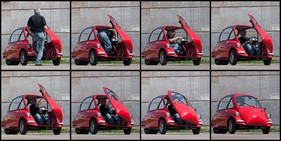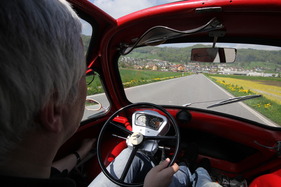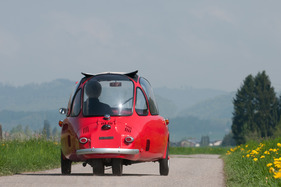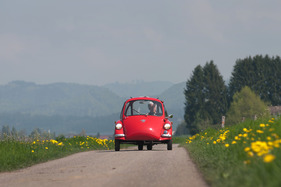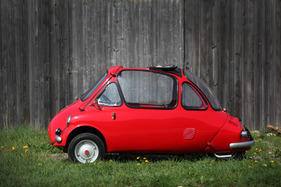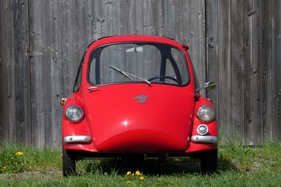Heinkel Kabine - the ingenious three-liter car of the fifties
Summary
Economical and practical small cars were already available in the 1950s. Most of them belonged to the cabin scooter category and the Heinkel cabin impressed then, as it does today, with its well thought-out design and many refinements. This would have made it the market leader, but customers turned too quickly and too early to the "real" cars and left the practical "microcars" behind. This report portrays a Heinkel Type 154 cabin from 1957 and presents the history and elegance of the design, supplemented by many historical illustrations and original sales brochures from the time.
This article contains the following chapters
- It all began with the Isetta in Geneva
- Economy of space and use
- Better than the Isetta and Messerschmitt?
- Step towards four-wheel drive and larger displacement
- Suitable for long distances
- The cost as an argument
- Construction with many advantages
- The racing driver in the Heinkel cabin
- From Speyer via Ireland to England and back
- It's all a matter of habit
- Further information
Estimated reading time: 8min
Preview (beginning of the article)
In a conversation a few years ago, a well-known English car designer confessed his love for the Heinkel cabin and described the small vehicle as one of the most intelligent designs in automotive history. This may come as a surprise, as the man had also worked on Jaguar, TVR, Reliant, Tatra and Saab vehicles, and the Heinkel cab is not exactly a racing car. But it clearly beat its competitors in terms of space economy, power-to-weight ratio and fuel consumption and only really failed because the price was too high and because of the growing prosperity that made it possible for car buyers to purchase "real" automobiles.
Continue reading this article for free?
Photos of this article























































































































